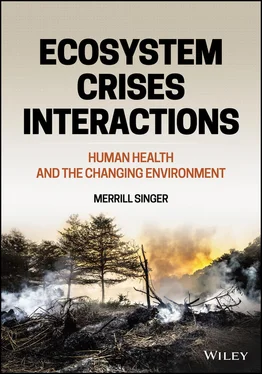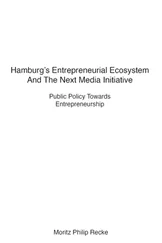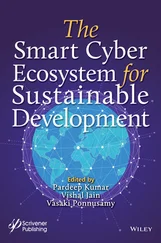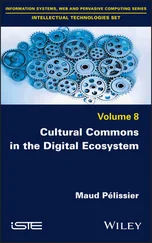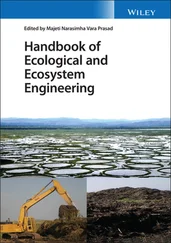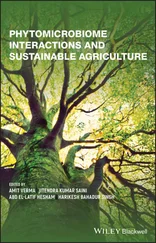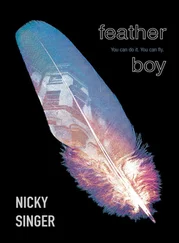The discovery of new species is currently occurring at about twice the overall historic average because of the number of researchers in the field, the availability of funding, and technological advances. Additionally, a number of biodiversity hotspots, where species variety is at its peak, are now known. Stutz (2009) notes that “these are found in Madagascar, India, Indonesia, South America, and Southeast Asia. Along the Mekong River watershed … more than a thousand new species have been discovered over the last 10 years—an average of two new species each week—and the pace of discovery appears to be unabated. Running 3000 miles through China, Myanmar, Laos, Thailand, Cambodia, and Vietnam, the Mekong and its surrounding mountains and forests were always known to hold extraordinary reserves of biodiversity, more species per unit area than any river other than the Amazon.” Additionally, the tropical forests of the Annamite Mountains along the border of Laos and Vietnam have proven to be a lost world that persisted through the last ice age. These poorly trafficked places have been made even more inaccessible by political instability and war.
When new species are identified and described, they must be named, using what is called a Latin binomial (e.g., Homo sapiens ), though it is not always actually in Latin. A thick, 18‐chapter book, the International Code of Zoological Nomenclature (International Commission on Zoological Nomenclature 2012), specifies how new species are named. Rules include: 1) the name must be unique and not in use; 2) the name should not give offence on any grounds; and 3) the discoverer cannot name the species after her‐ or himself. None of the rules bar name‐givers from using humor, however. For example, there are five species of the small round fungus beetle that are named Gelae baen (to sound like “jelly bean”), Gelae balae (“jelly belly”), Gelae donut (“jelly doughnut”), Gelae fish (“jelly fish”), and Gelae rol (“jelly roll”). The right to inject humor explains the naming of a newly discovered Panamanian caecilian that spends most of its life underground: upon winning a contest to raise money for the Rainforest Trust, which allowed the winner to name the new species, Aidan Bell, co‐founder of the British sustainable building materials company EnviroBuild, selected the name Dermophis donaldtrumpi , after the U.S. president. Bell felt that the amphibian’s tendency to keep its head buried in the ground was similar to Donald Trump’s do‐nothing approach to climate change. Unfortunately, Dermophis donaldtrumpi is in line to be added to the vulnerable species list as it is “in danger of becoming extinct as a direct result of its namesake’s climate policies,” Bell said in a statement released to the press (quoted in Guy 2018).
Ironically, in the midst of the current sixth global extinction of species, when biodiversity is in rapid retreat, science is experiencing a golden age of new species discovery, some examples of which may go extinct not long after they are first identified.
Newly discovered species cannot replace those that are being lost as a result of human‐caused ecocrises. These loses are occurring at all scales from local to global. The ecosystem effect of a species extinction is not necessarily tied to its relative abundance. A keystone species (Paine 1966, 1969), like the top predator in an ecosystem food chain, may be relatively rare but play a major role in influencing properties like the pathways of energy and material flows that sustain the system. Within specific ecosystems, the extinction of a species may have limited effect because “(a) ecosystems may have multiple species that carry out similar functional roles, (b) some species may contribute relatively little to ecosystem properties, or (c) properties may be primarily controlled by abiotic environmental conditions” (Hooper et al . 2005, p. 4). Conversely, loss of a single species can have dramatic effects, such as substantial changes in overall community biomass and nutrient cycling (Symstad et al . 1998). Keystone species are critical to an ecosystem because they have low functional redundancy. This means that if the species were to be eliminated, there would be no other species available that could really fill its ecological niche. Consequently, the ecosystem would be forced to change, allowing invasive species to populate and alter the habitat or leading to other consequences due to changes in remaining species populations.
An example of the latter can be seen by looking at Yellowstone National Park as an ecosystem. When the U.S. government designated almost 3500 acres for the park in 1872, there were hundreds of wolves roaming the area, preying especially on large herds of elk and bison. In 1914, fearing the impact of the wolves on those herds, but also on privately owned livestock grazed on public land, Congress appropriated funds to destroy wolves, prairie dogs, and other animals injurious to agriculture and animal husbandry. Park Service hunters carried out these orders, and by 1926 wolves were virtually eliminated from Yellowstone. Loss of this keystone predator started a top‐down trophic cascade. No longer preyed on by the wolves, elk populations exploded and began competing for food resources such as grasses, sedges, and reeds. As a result, these plants did not have time or space to grow. Overgrazing had direct influences on other species, such as fish, beaver, and songbirds, which relied on the plants and their products for survival. Moreover, stream banks began eroding as wetland plants failed to anchor soil and sediments, while lake and river temperatures increased as trees and shrubs failed to provide shaded areas. In the end, it was realized that the complex web of relations that sustained the Yellowstone ecosystem required the presence of wolves, and beginning in the 1990s, in response to a call that began with the biologist Aldo Leopald, the U.S. government began reintroducing them (from Canada). The results have been a shrinking of elk populations, improvements in vegetative cover, and recovery of beaver and songbird populations. According to Doug Smith, a wildlife biologist in charge of the Yellowstone Wolf Project, “[i]t is like kicking a pebble down a mountain slope where conditions were just right that a falling pebble could trigger an avalanche of [positive] change” (quoted in Farquhar 2019).
Unfortunately, this kind of turnaround is not the norm. A recent statistical analysis of 51 bird species currently recorded on the International Union for Conservation of Nature (IUCN) Red List as critically endangered, for example, concluded that eight should be reclassified as already extinct or very close to extinction (Butchart et al . 2018). Stuart Butchart, the principle investigator on the study, explains that: “Ninety per cent of bird extinctions in recent centuries have been of species on islands … However, our results confirm that there is a growing wave of extinctions sweeping across the continents, driven mainly by habitat degradation and disappearance from unsustainable agriculture and logging” (BirdLife International 2018).
Aside from the loss of unique lifeforms, extinctions like these are important because when they occur, they alter key processes needed for the sustainability of Earth’s ecosystems (Loreau et al . 2002; Wardle et al . 2011). Biodiversity loss can undercut the viability of ecosystems by diminishing their ability to respond to environmental change and disruption.
2.3.2.2 The species quandary
It bears noting that despite its centrality to biology and all other disciplines concerned with living and extinct organisms, the species concept remains a difficult issue. There is no fully agreed upon definition of its precise meaning and no universally shared understanding of its parameters, a dilemma known in biology as “the species problem” (Hey 2006; Mayr 1957; Wheeler & Meier 2000). A primary source of this dilemma is biological diversity. A definition of species that is useful for categorizing similarities and differences among organisms that reproduce sexually, for example, is not useful for organisms like bacteria that reproduce asexually. To Mayr (1942), a leading evolutionary biologist of the 20th century, a species is composed of organisms that can reproduce fertile offspring with one another and that are reproductively isolated from other populations. Many researchers, but far from all (e.g., Wheeler & Meier 2000), find Mayr’s (1942) definition to be the most useful for their efforts to grapple with the biodiversity of organisms, past and present. However, as stressed in this book, environments are changing, and as a consequence, species are moving. The geographic barriers that once divided identified species and minimized their chances of interbreeding are collapsing. Across the globe, new hybrid species are being documented among toads, sharks, butterflies, bears, and trout, the offspring of interbreeding of species newly brought together by climate change. Warmer temperatures have facilitated grizzly bear and polar bear encounters, leading to hybrids called either pizzlys or grolar bears. Among birds, a similar development has occurred among golden‐winged warblers and blue‐winged warblers. One unexpected consequence of human impact on ecosystems is thus changes in planetary speciation.
Читать дальше
